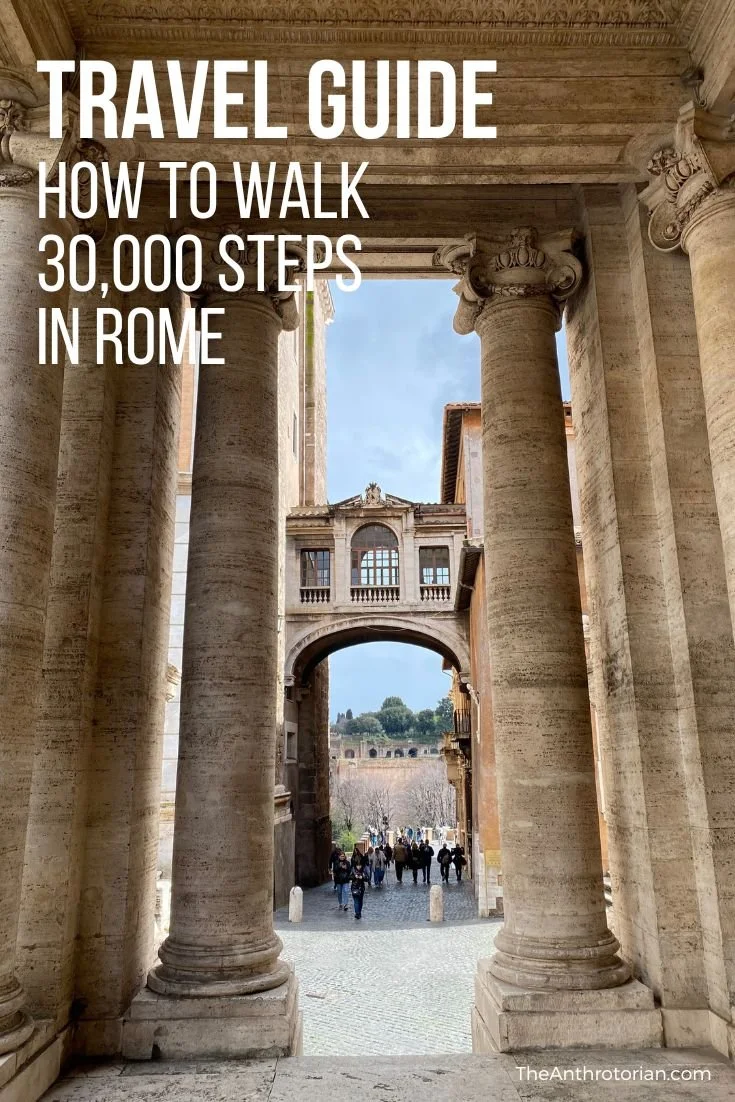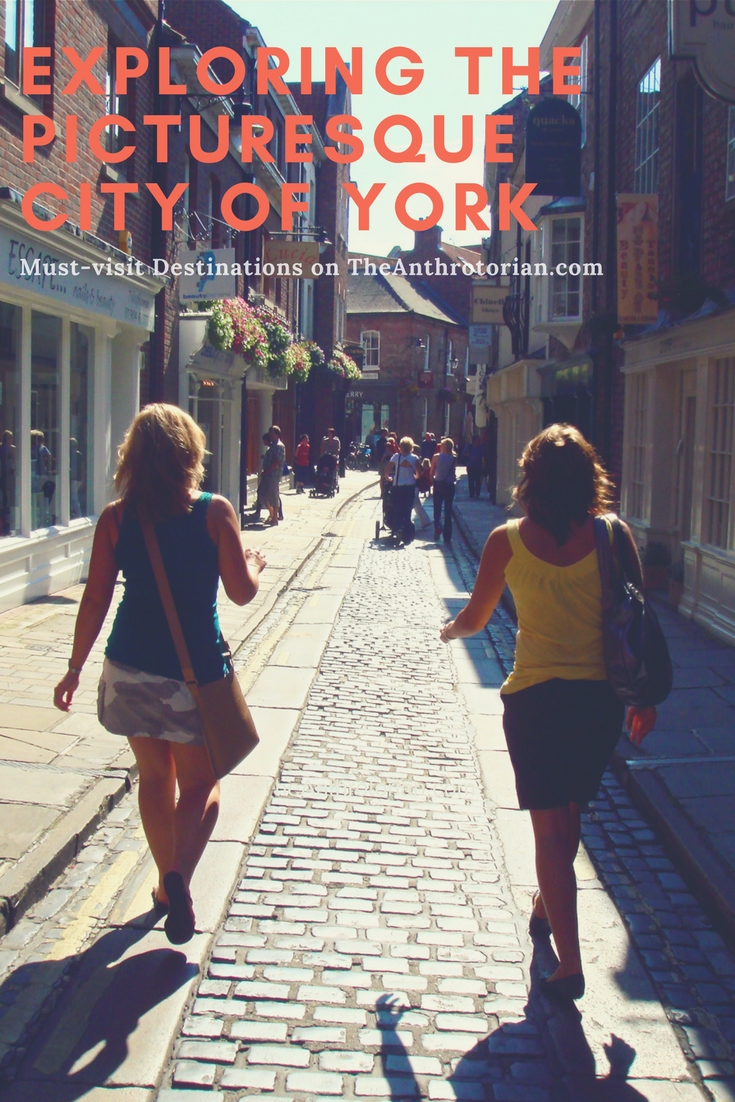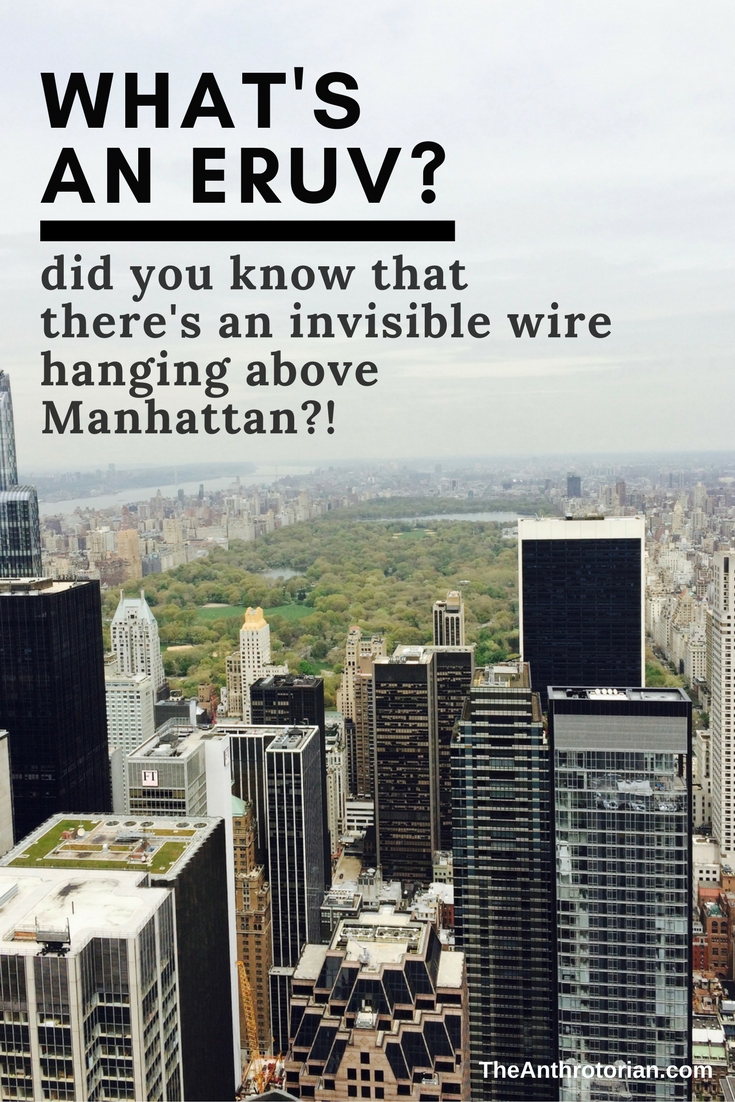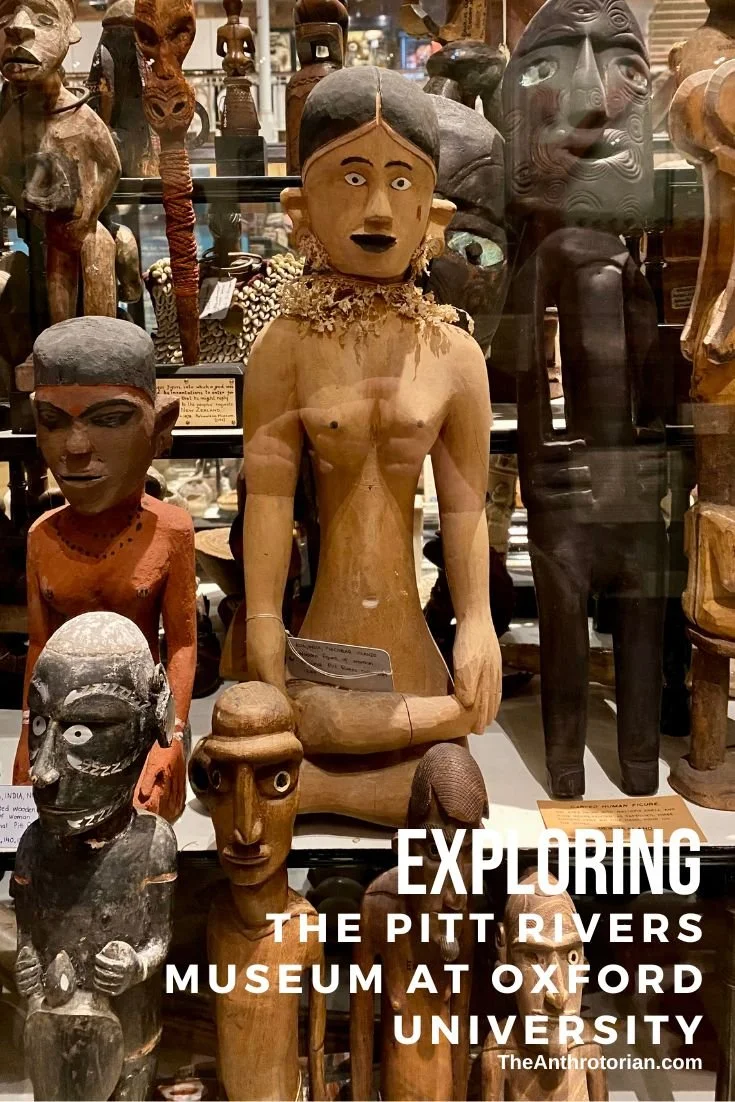According to local legend, the first Full Moon Party, at Hat Rin beach on Ko Pha Ngan, took place in either 1987 or 1988 (ironically, no one can remember), and was meant to be someone’s birthday celebration. The party was so amazing that the group decided to meet up again for the next full moon, and so began a tradition that has turned into one of the largest monthly parties in the world. Anywhere from 3,000 to 30,000 people turn up to dance, drink, and party the night away, all with the goal of living to tell the tale.
Surviving a Full Moon Party is no easy feat, and I’m not just saying that to scare you, the incidence of death and serious injury at these parties rises every month. Here are some tips to help you make it through the night:
1. Show Up a Few Days Early
If you are planning on staying in Hat Rin, you will need to show up at least 3 days (even that is cutting it close) in advance to ensure that you can get a place to stay.
If you don’t find an available room, hotels at nearby beaches will have boats that will shuttle you to the party and home again once the sun rises.
TIP: If you do stay in Hat Rin make sure that you lock up any valuables in the hotel safe as break-ins during the chaotic party are frequent.
2. Bare Feet are Your Friends
The 10+ most intense party zones (usually distinguished by different music blaring from MASSIVE speakers) are all on the beach.
Shoes+Sand=No Fun
In your intoxicated party state, you will inevitably kick-off your shoes and lose them. I guarantee it. Leave them in your room.
3. Do Not Use a Purse/Bag or Exterior Pockets
Crowds of drunken tourists rubbing up against each other on a dance-floor are a pick-pocket's dream. Anything that you leave in an unsecured pocket, or set down for a minute so you can dance, is likely to disappear.
Ladies, I suggest using your bra or bathing suit as a wallet, boys try to use interior pockets or ones with zippers, buttons, or snaps. No one will ask for ID, so all you really need to have with you is some cash, your room key, and (if you are especially ambitious) your camera or phone.
4. Don’t Play With Fire
I know that this should go without saying, but it was remarkable to see how many people had limbs wrapped in white bandages the day after the Full Moon Party I attended.
Fire dancers seem more than willing to let drunken tourists ‘try out’ their trade, and a giant skipping rope dripping with flames is available for insane party-goers to try out. (I am pretty sure these fire ‘games’ are the local’s way of getting back at us for filling their beaches and nights with debauchery and chaos.)
5. Say No To Drugs
To many, Thailand is know as the land of ‘mushroom shakes’ and Bob Marley inspired bars… aka, if you want them, drugs are readily available.
But, the laws against drugs in Thailand are extreme and if you are caught with them in your possession, you WILL end up in jail (think Brokedown Palace).
Police have a presence at these parties, but there are even more officers in plain clothes mixing in with party-goers, waiting to catch you in the act.
Use at your own risk.






















